ART NOUVEAU THE ESSENTIAL REFERENCE CAROL BELANGER GRAFTON DOVER PUBLICATIONS, INC. MINEOLA, NEW YORK Source of chapter opener images:
The Spectacular Color Floral Designs of E. A. Seguy Copyright
Copyright Copyright 2015 by Dover Publications, Inc. All rights reserved.
Bibliographical NoteArt Nouveau: The Essential Reference is a new compilation of images reprinted from authoritative sources.
For detailed source information see page 137. International Standard Book Number eISBN-13: 978-0-486-80863-5 (ebook) Manufactured in the United States by RR Donnelley 79983201 2015 www.doverpublications.com INTRODUCTION On December 26, 1895, Siegfried Bing, a successful German art dealer based in Paris opened a new gallery at 22 rue de Provence which he called the Maison de lArt Nouveau (House of New Art). The new gallery was devoted to what was then considered modern art, including works by Henri de Toulouse-Lautrec, and artifacts in glass by Louis Comfort Tiffany. A few years later at a Parisian Worlds Fair, the 1900 Exposition Universelle, Bing expanded his reach by displaying complete installations featuring furniture, textiles, and other objects of all kinds created in this new and modern style by his substantial roster of artists and designers. Because of its central role in popularizing this new movement, the name of Bings gallery became the name of the style it featured, and what we now simply call Art Nouveau left its home on the rue de Provence and entered its peak years all over Europe and in parts of the world beyond. The artists and designers represented in this book were from France, Germany, Austria, Czechoslovakia, England, and the United States.
The intent of this book is to give the reader a sense of what Art Nouveau was about, what it looked like, who some of the people were who created and developed it, and especiallybecause news of Art Nouveau spread around the world in those early decades of the twentieth century mostly by means of the printed pagewhat their books and portfolios were about. Art Nouveau is a vast subject. The Art Nouveau style spread quickly throughout Europe, to Germany where it was named Jugendstil (Youth Style) because of the central role played there by the Munich periodical Die Jugend, to Austria where it was named Sezessionstil (Secession Style), because many of the artists interested in this new style were members of the Vienna Secession, a group formed in 1897 by artists who were looking for something new and modern, different from the historical conservatism in which they had been brought up. In some other areas it became known, in different variations, simply as the Modern style. A single volume such as this one can only hit some of the high spots, but our hope is that provided here is some visual inspiration and information for the reader and researcher who would like to go further into this world, and details of some of the essential sources which could be, and should be, consulted in that quest. Art Nouveau might be difficult to define concisely, but it isnt hard to describe.
Sinuous, long and flowing lines and curves; a fascination with adapting natural forms, plants and animals of all kinds, exotic as well as everyday, for stylized and decorative purposes; obsession with the female form and a new freedom in working with interpretations of that form. Above all, Art Nouveau meant elegance and energy and precision in the way anything and everything was presented, from bookplates and business cards, to huge opera posters and advertising placards. This collection features examples of Art Nouveau decorative art, geometric and other patterns, textile and wallpaper designs, designs for decorative stencils, jewelry, tiles, and other ceramics, furniture, bookplates, alphabets and monograms, typographical ornaments, advertising signs, book covers, and periodical illustrations, stained glass windows, posters, labels, and other advertising materials. A quick glance through these pages will convince even the casual reader that one thing which can surely be said about Art Nouveau artists and designers is that they went outside, into the sunlight and the world of nature for their material. Plants and flowers are steady and perennial themes, butterflies and peacocks were obvious, given the style and the periods bias toward charm and elegance, but even a humble rooster or everyday common bird could make a stylized appearance. A. A.
Seguy took some of the worlds most exotic insects and turned them into unforgettable design motifs. Seguy and the others understood most of all that they were living in a new world of color, colors that were both vivid and subtle, often combined in new and adventurous ways that only magnified their elegance. Anything could be done in the Art Nouveau style, from an opera poster to the label on a jar of pickles, and in a sense the message was often somewhat the samethis is whats new, modern, well designed, happy, smart, and elegant. It isnt possible to study these books and portfolios from the turn of the nineteenth century without feeling that the designers who created them were fully aware that they were on to something new, different, and in its way, profoundly meaningful, even if it was in the form of advertisingadvertising for everything from the theatre and the opera, the great new hotels and restaurants, champagne and brandy, newspapers and the new magazines which were both the agents and the products of this vast new artistic movement, to the most ordinary of everyday objects, bicycles and tires, household products, appliances and umbrellas. When before had an artistic avant-garde played such a role in the commercial life of such a prosperous era? It is pleasant to think of those early days on the rue de Provence in the 1890s, with the brand new Eiffel Tower looming in the sky not far away, and Mr. Bings many artists coming and going with their new and marvelous designs and creations.
The building at number 22 is now a post office and, it being Paris after all, it is equally pleasant to report that the exterior hasnt changed.  This book is organized by the sources used to create it, with typically a few pages devoted to material from each of the many books on Art Nouveau design which Dover has published in the past several decades. What became a very sizeable collection started with a few books based on material from some of the best-known Art Nouveau portfolios and periodicals, and when it was found that there was a substantial market among designers for this mate rial, Dovers collection grew with new additions almost every year. Many of the books and periodicals from which selections are reproduced here were acquired at book auctions held by Swann Galleries, Inc., in New York and from other auction houses, and many others came from antiquarian bookdealers in the U.S. and England. Several were loaned to Dover by the late Charles Rahn Fry, one of the first collectors to approach this subject in a systematic way, whose collection is now at the Princeton University Library.
This book is organized by the sources used to create it, with typically a few pages devoted to material from each of the many books on Art Nouveau design which Dover has published in the past several decades. What became a very sizeable collection started with a few books based on material from some of the best-known Art Nouveau portfolios and periodicals, and when it was found that there was a substantial market among designers for this mate rial, Dovers collection grew with new additions almost every year. Many of the books and periodicals from which selections are reproduced here were acquired at book auctions held by Swann Galleries, Inc., in New York and from other auction houses, and many others came from antiquarian bookdealers in the U.S. and England. Several were loaned to Dover by the late Charles Rahn Fry, one of the first collectors to approach this subject in a systematic way, whose collection is now at the Princeton University Library.
Our thanks, of course, to all. John Grafton Princeton, NJ June, 2015 CONTENTS 





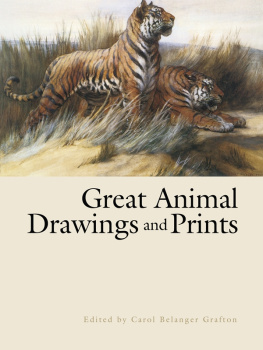
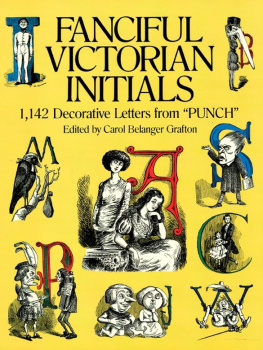
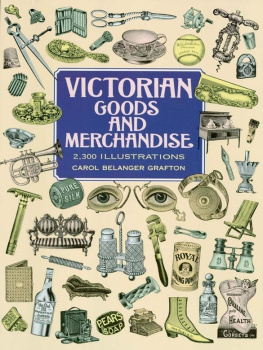


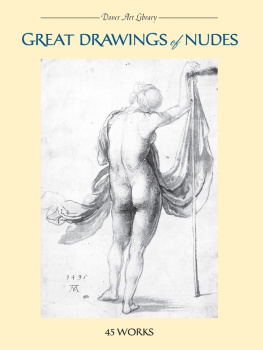
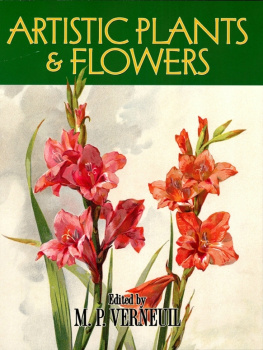
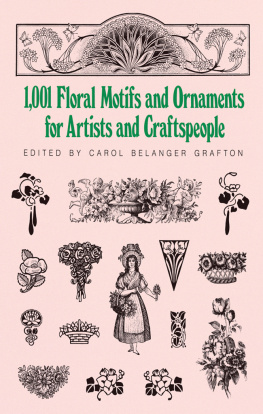
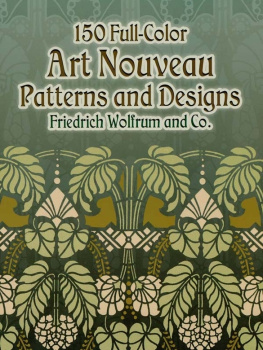
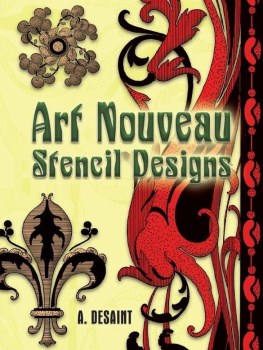
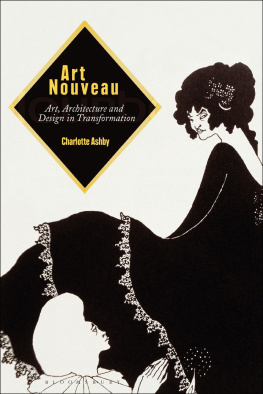
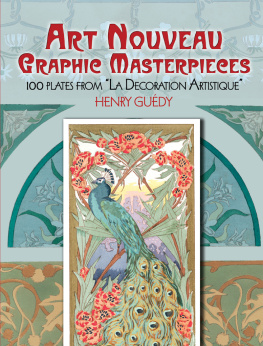
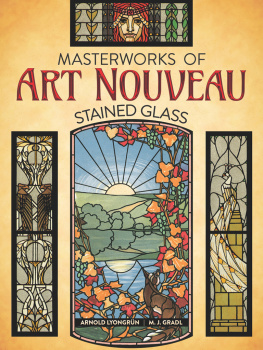
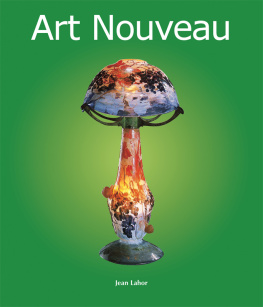
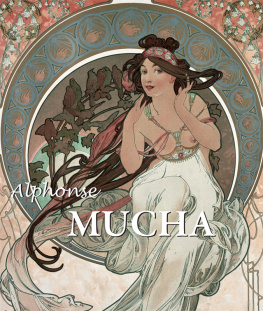

 Copyright Copyright 2015 by Dover Publications, Inc. All rights reserved. Bibliographical NoteArt Nouveau: The Essential Reference is a new compilation of images reprinted from authoritative sources.
Copyright Copyright 2015 by Dover Publications, Inc. All rights reserved. Bibliographical NoteArt Nouveau: The Essential Reference is a new compilation of images reprinted from authoritative sources. 


